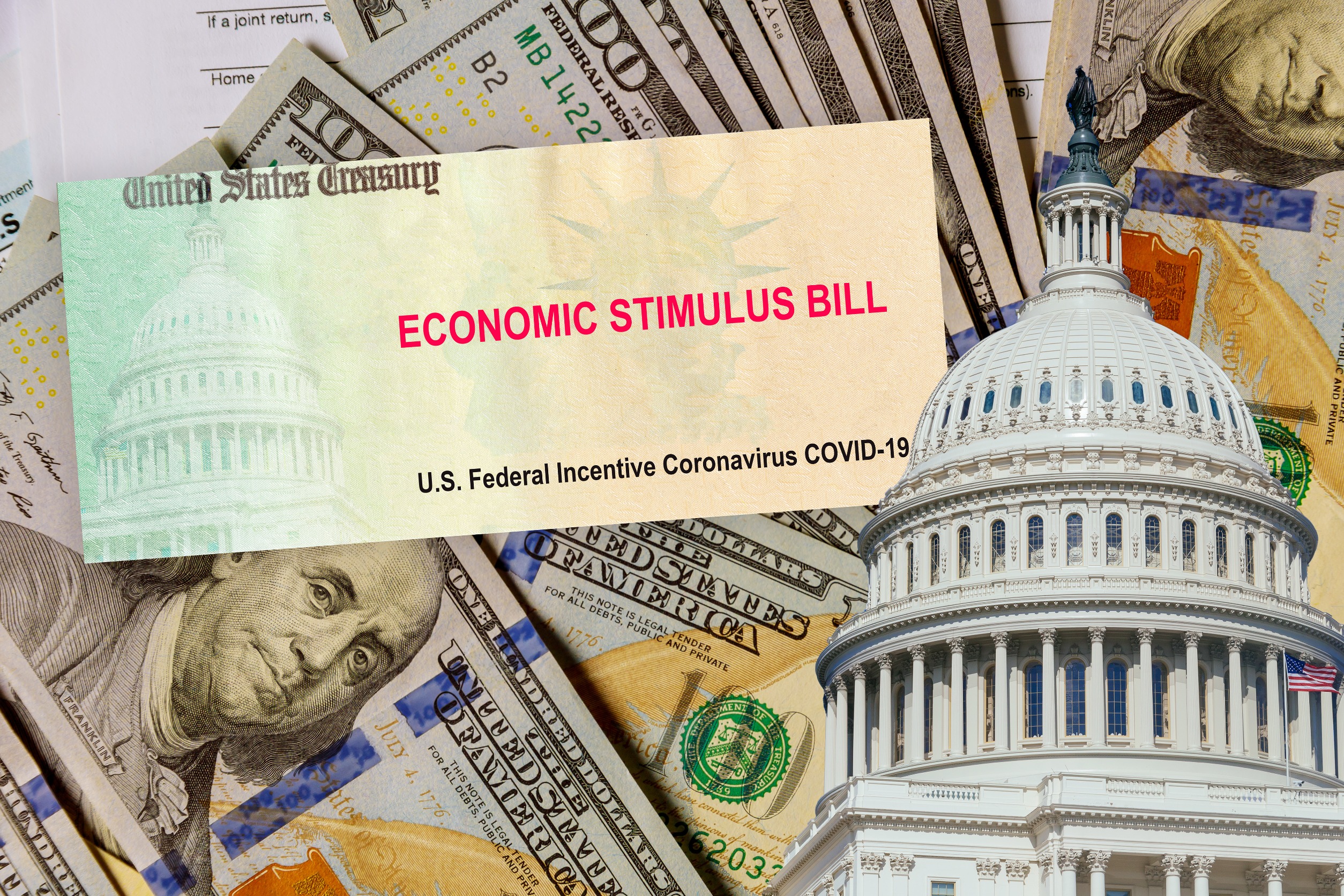Rising inflation and fears of a possible recession have put a strain on household and company budgets alike. As a means of navigating some of the uncertainty, California launched programs designed to boost the economy and provide people with some financial breathing room. Primarily, these took the form of stimulus packages, giving qualifying individuals influxes of cash that could potentially allow them to make ends meet with greater ease. However, these programs did cause some people concern, as many worried about the impact on the economy. Here’s a look at the California stimulus and how this CA debt relief impacted the economy.
How Did the California Stimulus Program Work?
In the aftermath of the pandemic, many Californians received several rounds of stimulus checks to help them make ends meet. Initially, they were designed to boost income after the pandemic caused many to experience significant losses. Subsequent rounds often targeted other financial strains, such as offsetting the impact of inflation.
Recipients of the stimulus were able to receive the funds in several ways. Direct deposit or checks were often available, and some could even have the money onto a prepaid debit card for ease of use.
There was also additional aid available for some households. Those types of relief were often a bit more targeted, such as providing rent or utility bill assistance. Additionally, the state temporarily suspended diesel fuel sales taxes.
While the influx of cash was well-received by those who qualified for relief, it also spurred fears about the potential impact on inflation. Typically, reducing inflation requires a decrease in overall spending. Essentially, supply and demand have to hit an equilibrium to prevent prices from continuing to rise. If more money is available to spend, that could stimulate an economy that’s already struggling to bear the weight of demand, and the outcome is usually higher prices.
However, there’s some debate about whether the stimulus had an inflation-boosting effect. Some experts felt that it could push prices higher, while others stated any impact would be minimal. Ultimately, since the release of the last round of stimulus checks, it appears that the latter is true. The inflation rate in California has largely been on the decline, with only small, short increases showing.
Ultimately, inflation peaked in June 2022, and Southern California even saw a 26-month low based on May 2023 data. As a result, it appears that the stimulus didn’t negatively impact inflation.
Was the California Stimulus a Type of CA Debt Relief?
While some consider the California stimulus checks a type of debt relief – as many decided to use the funds to address their debt – they were technically something different. The stimulus money – aside from targeted programs – could be used for functionally any purpose.
Recipients weren’t limited to using the funds to pay off debt and could instead use the cash to handle living expenses, boost their savings, or do nearly anything else they’d like. As a result, calling it CA debt relief wouldn’t be an accurate description.
Are There Other CA Debt Relief Options?
As is true in essentially every part of the US, most California residents do have debt relief options that they can explore. In most cases, nonprofit credit counseling services that are properly accredited are a solid choice. They can assist people with creating a workable budget, which may be enough to get back on track financially. However, they may also be able to set up debt repayment plans that are more affordable than the current debt payments a person is making. Plus, most debt repayment plans have a single monthly payment, making them easier to navigate.
Californians may also be able to access other programs, though these don’t necessarily qualify as debt relief. For example, food assistance via SNAP programs or food banks can free up room in monthly budgets, potentially making debt payments easier to manage. Veterans also often have access to various programs through the VA, and they’re worth exploring if you qualify and are experiencing hardship.
What’s critical to remember when exploring CA debt relief programs is scams are widespread. Some fraudsters state they can functionally wipe out your debt in exchange for a fee, which isn’t usually possible outside of formal bankruptcy proceedings.
While reputable credit counseling services may charge modest fees for their services, they’re honest about how the program works and what it can do. Any organization that claims it can erase your debt should give you pause. Similarly, if the fee to get started is high, do additional research before moving forward.
How do you think the CA debt relief programs impacted individuals and the state’s economy? Do you think the programs were a good idea or a bad move? Share your thoughts in the comments below.
Read More:
(Visited 16 times, 1 visits today)
Tamila McDonald has worked as a Financial Advisor for the military for past 13 years. She has taught Personal Financial classes on every subject from credit, to life insurance, as well as all other aspects of financial management. Mrs. McDonald is a former AFCPE Accredited Financial Counselor and has helped her clients to meet their short-term and long-term financial goals.


